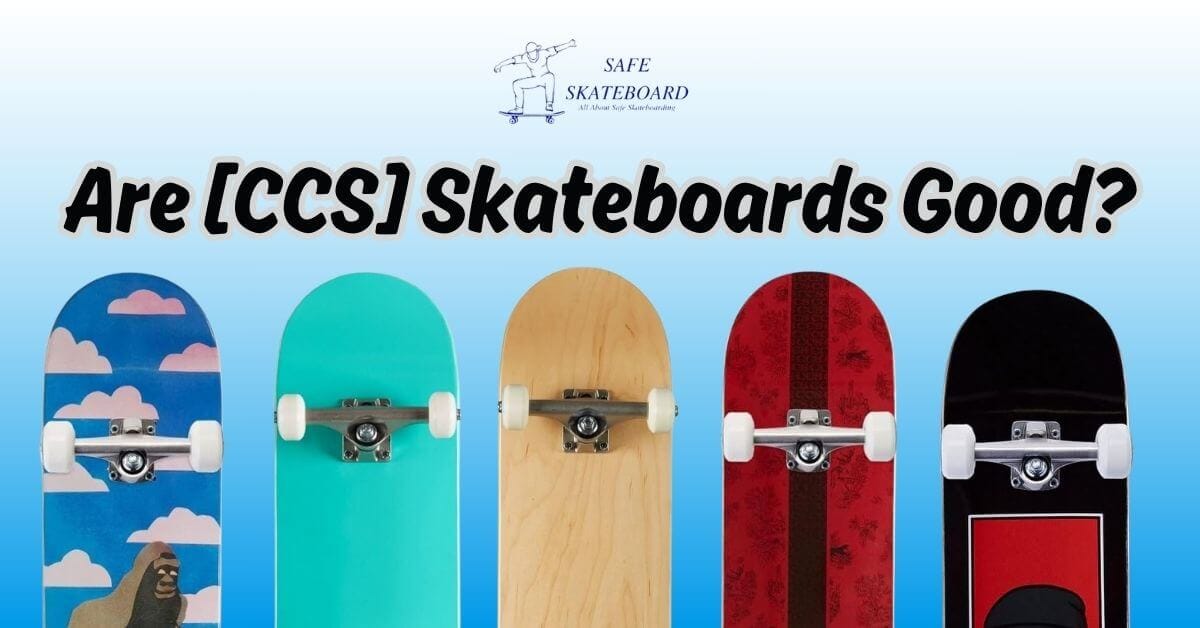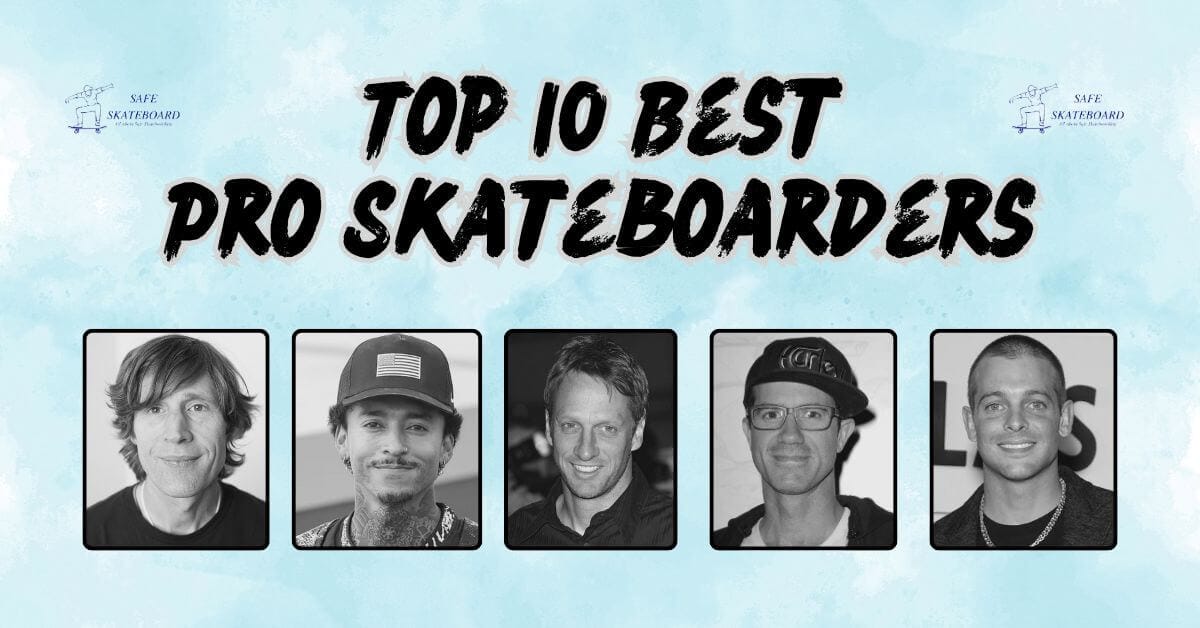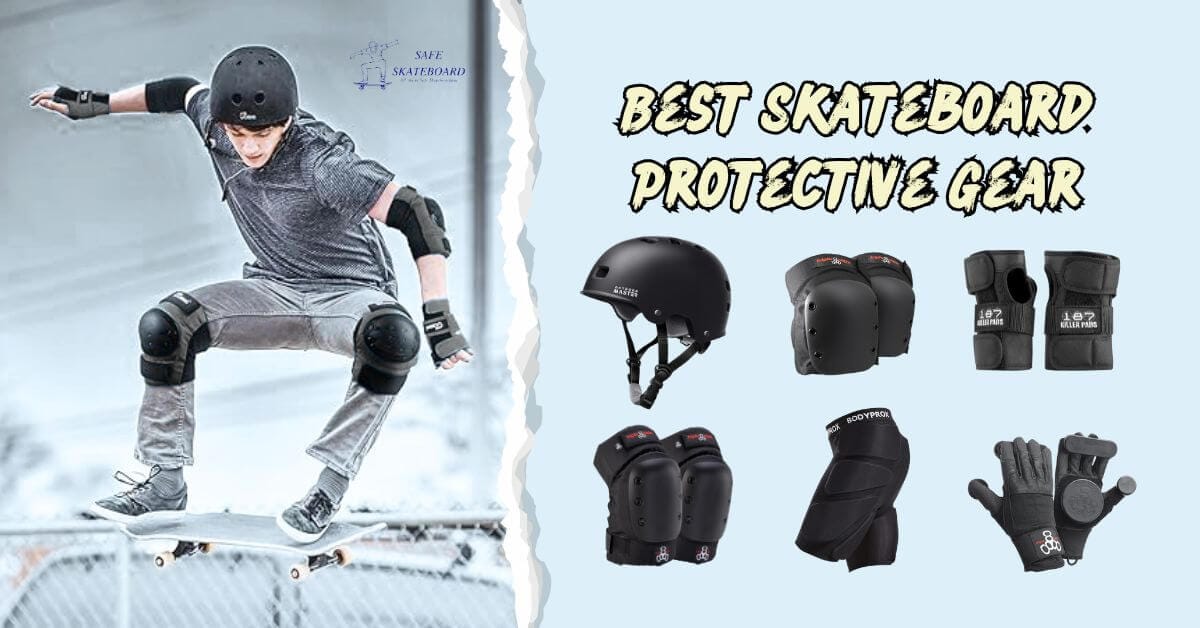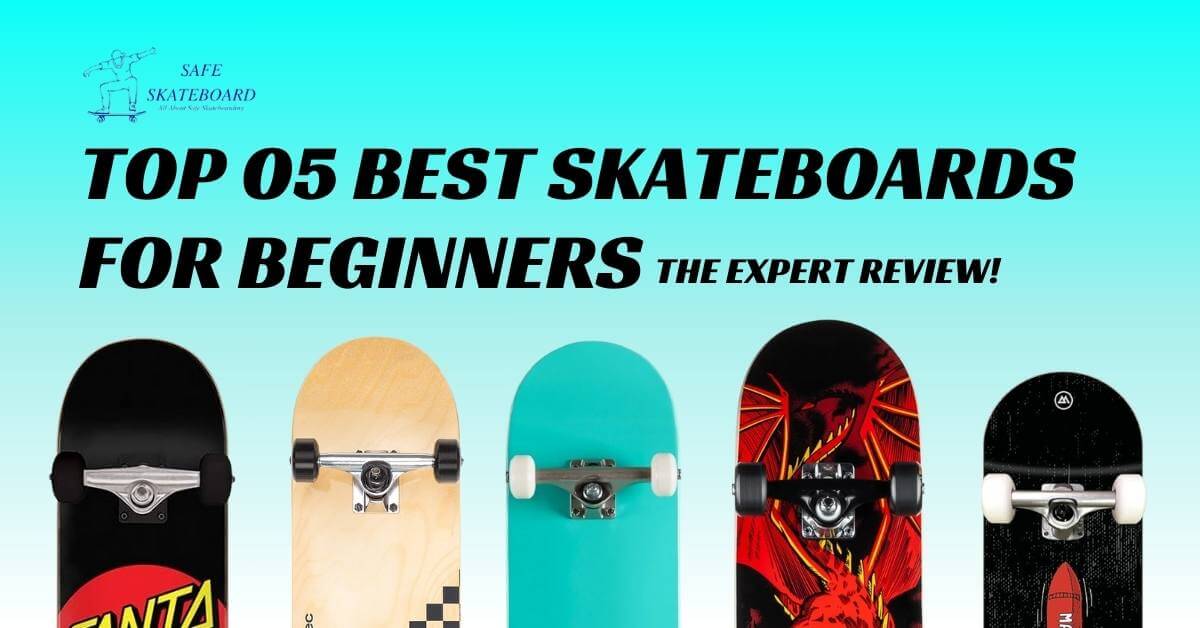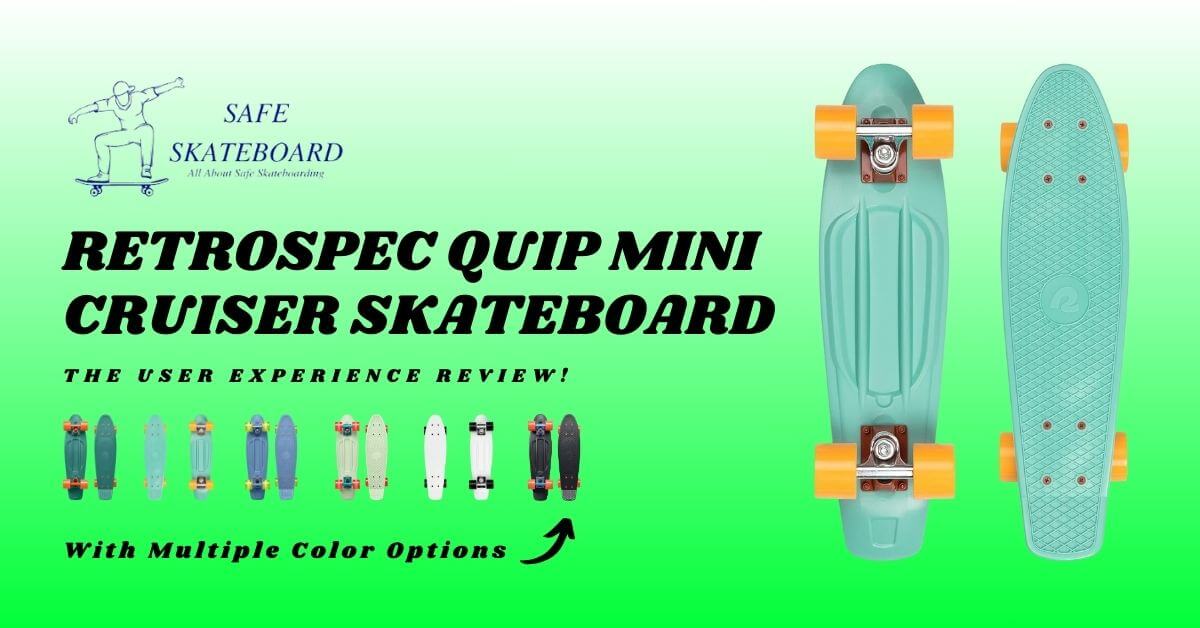So, you’ve got your longboard and you’re ready to ride. That’s exciting! But before you start carving up the streets, there’s one skill every rider needs to know: how to turn on a longboard.
Turning isn’t just about steering. It helps you balance, flow, and ride with confidence. If you’re cruising, carving, or dodging cracks, learning how to turn the right way makes all the difference.
I know it might feel tricky at first. But don’t stress! You’re not alone. I’m here to walk you through it, one simple step at a time.
In this guide, you’ll learn where to place your feet, how to lean, and how to control your board with ease. Whether you’re brand new to longboarding or just brushing up, this will help you feel steadier, smoother, and in control.
So, are you ready to master your turns and ride like a pro? Let’s get rolling!
Safety Precautions Before Turning On A Longboard
Before you start, grab some protective gear. For instance, A helmet is necessary, and knee and elbow pads offer extra safety. Choose a flat, open space to practice.
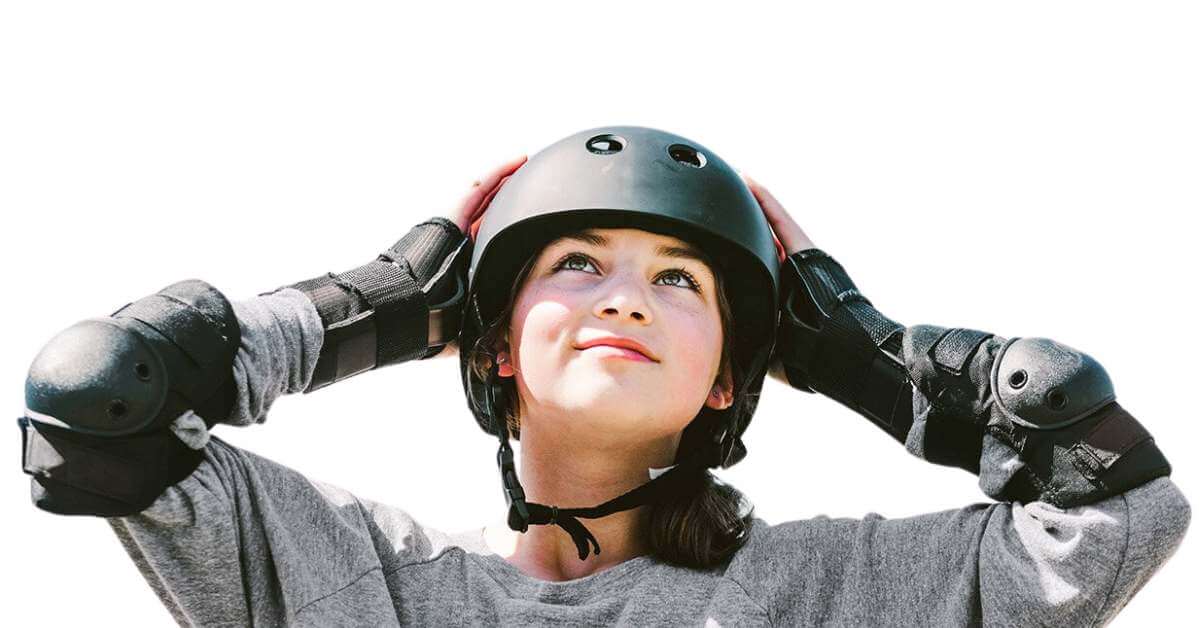
So, always inspect your board for wear and tear. Tighten any loose parts and check the grip tape for a firm hold. Wear comfortable shoes with a good grip.
Remember, when you ride a longboard, safety always comes first. Now, you’re ready to ride with confidence.
Let’s Explore How To Turn On A Longboard with 05 Fun Tips
Ready to level up your longboarding skills? If you’re carving down hills or cruising through the streets, mastering turns can make your ride smoother and more enjoyable. Here are five friendly tips to help you turn like a pro on your longboard. Let’s get rolling:
01. Proper Longboard Foot Placement for Better Turning
Before you even think about turning, get comfy with your foot placement.
- Front Foot: Place your front foot near the front trucks at a 45-degree angle.
- Back Foot: Your back foot should be perpendicular to the board, near the tail.

Keep your knees slightly bent. This will help you maintain balance and control.
02. How to Lean Correctly When Turning on a Longboard
Turning on a longboard is all about distributing your weight correctly.
- Carving Turns: For shallow, smooth turns, gently shift your weight from heel to toe.
- Sharp Turns: For tighter turns, you’ll need to lean more aggressively to the inside of the turn.
03. Using Your Arms to Improve Longboard Turns
Your arms aren’t just for balance; they can actually help you steer!
- Point Your Leading Arm: Point your leading arm in the direction you want to go. This will naturally shift your body weight.
- Swing Your Rear Arm: Your rear arm should follow the motion, helping to guide your turn.
Don’t overdo it. Small, controlled movements work best.
04. Adjusting Longboard Trucks for Easier Turning
Your longboard trucks play a huge role in how your board turns.

- Loose Trucks: Easier for quick, responsive turns.
- Tight Trucks: Better for stability and control at higher speeds.
Find your sweet spot by adjusting the tightness until the board feels right for you.
05. Best Ways to Practice Turning on Your Longboard
What is the best way to get better? Practice, of course!

- Find a Safe Space: A quiet parking lot or a smooth, empty street is ideal.
- Drill Your Turns: Set up some cones or use chalk to mark out a slalom course for practice.
- Stay Consistent: Aim to practice a few times a week. Consistency is key!
Mix it up! Try different terrains and speeds to improve your versatility.
Turning on your longboard can feel tricky at first, but with these tips and a bit of practice, you’ll be carving like a champ in no time. Get out there, have fun, and remember: the journey is just as exciting as the destination! Happy riding!
Advanced Longboard Turning Techniques (Made Easy)
Once you know how to turn, it’s time to take things to the next level. Advanced turning helps you ride smoother, turn faster, and feel more confident. You’ll learn how to carve, kick turn, slide, pump, and use toe or heel pressure. These tips work for cruising, downhill, or just having fun. Let’s break it down step-by-step.

01. How to Carve on a Longboard
Carving is when you make smooth, wide turns in a zigzag shape. It helps you keep control while riding down hills or building up speed on flat roads. Let’s see how to carve:
- Start riding at a slow to medium speed.
- Bend your knees. Stay loose and relaxed.
- Lean gently to one side to make a turn.
- As you finish the turn, lean the other way.
- Keep turning side to side in a steady flow.
Carving lets you control your speed without foot braking. It also helps your body stay balanced. This is one of the best ways to ride longer without getting tired. Wider turns are easier at first. As you improve, make tighter turns for more control.
02. How to Do a Kick Turn on a Longboard
A kick turn is when you lift the front of the board and pivot on the back wheels. It’s great for quick turns and tight spots. Let’s explore how to Kick Turn:
- Stand still or move slowly.
- Put your back foot on the tail of the board.
- Press down to lift the front wheels a little.
- Turn your shoulders in the direction you want to go.
- Use your front foot to guide the turn.
- Set the board back down and roll away.
They let you turn without needing much space. You can use them on sidewalks, ramps, or in skate parks. Practice on grass first so the board doesn’t roll away.
03. How to Slide on a Longboard
Sliding is when your wheels lose grip and slide sideways. It’s used for slowing down, stopping, or making sharp turns downhill. Let’s see below how to slide:
- Start going faster. You need some speed.
- Crouch low and keep your balance.
- Lean into a turn while pushing your back foot out.
- Let the board slide sideways across the road.
- Keep your hands near the ground if needed for balance.
- Bring the board back in line to ride away.
It looks awesome and helps control your speed. It’s fun and feels great when done right. Always wear a helmet, gloves, and pads. Slide on smooth pavement. Don’t try this near cars or traffic.
04. How to Pump on a Longboard
Pumping is a way to ride without pushing. You turn left and right in a rhythm to move forward. It feels a bit like dancing on your board. Let’s explore how to pump:
- Start moving or push once to begin.
- Bend your knees and stay low.
- Shift your weight from side to side.
- Twist your hips and shoulders with each turn.
- Keep the motion going to gain speed.
You save energy. It’s great for long rides or when your legs are tired. It also helps you build flow and control. Soft trucks and a flexible deck make pumping easier.
05. How to Use Your Toes and Heels to Turn on a Longboard
You can turn by pressing your weight through your toes or heels. This is the key to smooth control, especially at higher speeds. Let’s see how to Do It:
- For a toe-side turn, lean forward over your toes.
- For a heel-side turn, lean back toward your heels.
- Don’t lean too hard or too fast.
- Keep your knees bent to stay stable.
- Combine this with carving or pumping for smooth motion.
It gives you full control of your turns. You’ll turn sharper and faster. You’ll also feel more stable, even on hills.
Advanced turning takes time to learn. That’s okay. Don’t rush it. Start slow. Focus on staying balanced. Try these on flat ground before hitting hills or streets.
Frequently Asked Questions (FAQs)
Should I use my front foot or back foot to turn?
Both feet play a role! Your front foot will guide the direction, while the back foot will help control the sharpness of your turn.
How do I make a sharp turn?
For sharper turns, apply more pressure on your toes or heels, depending on your direction. The pressure will turn your front, while heel pressure will turn your backside.
Is it better to turn heelside or toeside?
It depends on your comfort and the direction you’re going. Toeside turns generally feel more natural, but practising both will make you a more versatile rider!
Do longboard wheels affect my turning ability?
Yes, they do! Softer wheels provide better grip, making turning easier and smoother. Also, the wheel size can affect agility; smaller wheels are more nimble, while larger ones offer more stability.
Are there any drills to practice turning?
Absolutely! Try carving back and forth on a gentle slope or making tight circles in a parking lot. These drills can help you get a feel for how your board responds to different pressures.
How can I avoid speed wobbles when turning?
Maintain a low, balanced stance and keep your weight centered. Gradually shift your weight to make controlled turns instead of sudden, jerky movements.
Do trucks need to be adjusted for better turning?
Loosening your trucks can make turning easier, but there’s a trade-off in stability. Find a balance that works for you by making minor adjustments and testing your board.
Is there a difference between turning on a longboard and a skateboard?
While the basic principles are similar, longboards typically offer smoother, more controlled turns due to their larger size and softer wheels. Turn with more subtle shifts in weight.
Final Turns
By now, you should have a solid grasp of how to turn on a longboard. Remember, it’s all about balance and practice.
Start with gentle, wide turns before progressing to sharper, more controlled movements. Always keep your knees bent and your body relaxed. As you grow more confident, you’ll find that turning becomes second nature.
So, get out there, enjoy the ride, and let the wind guide you to smoother curves and sharper skills! Happy longboarding!











